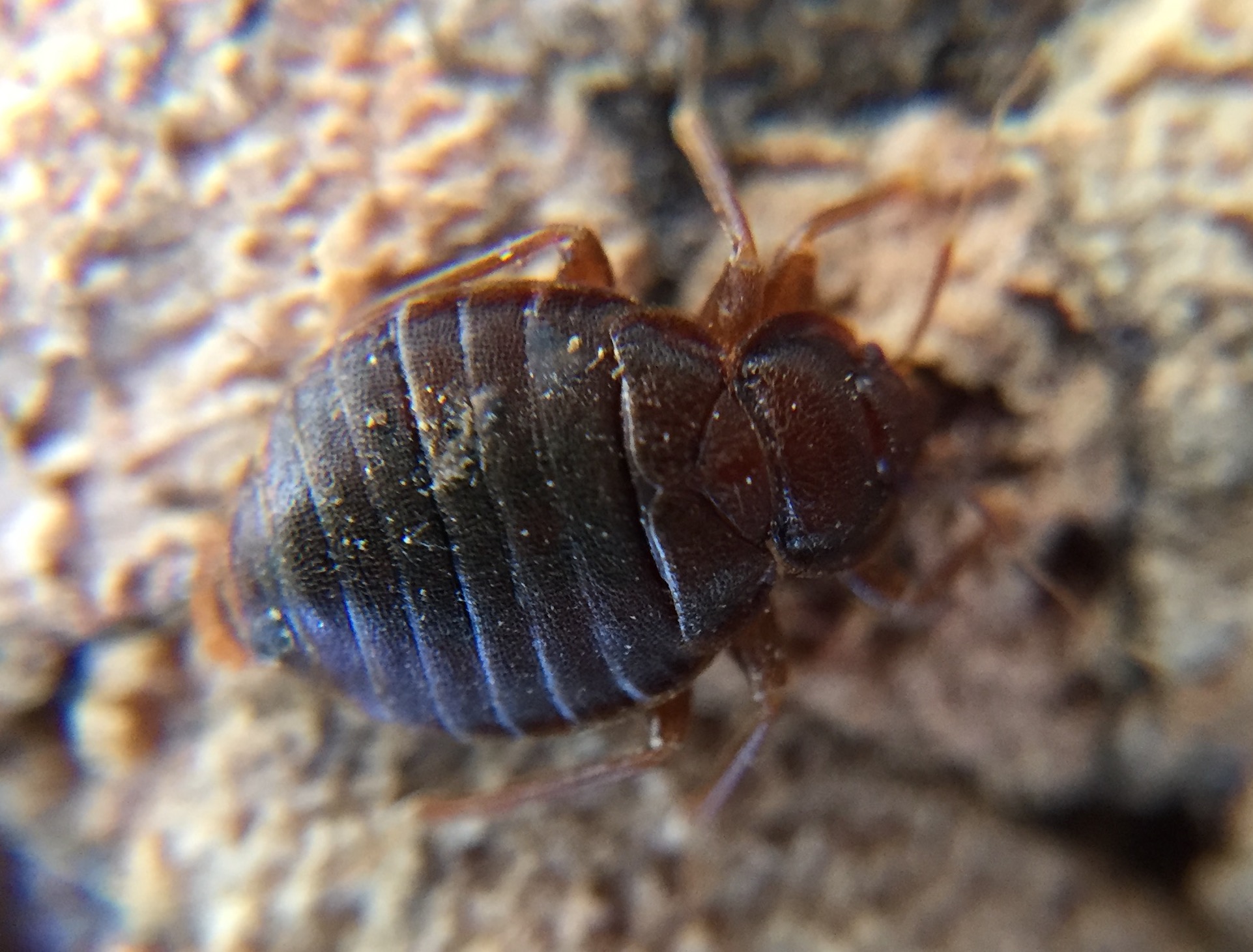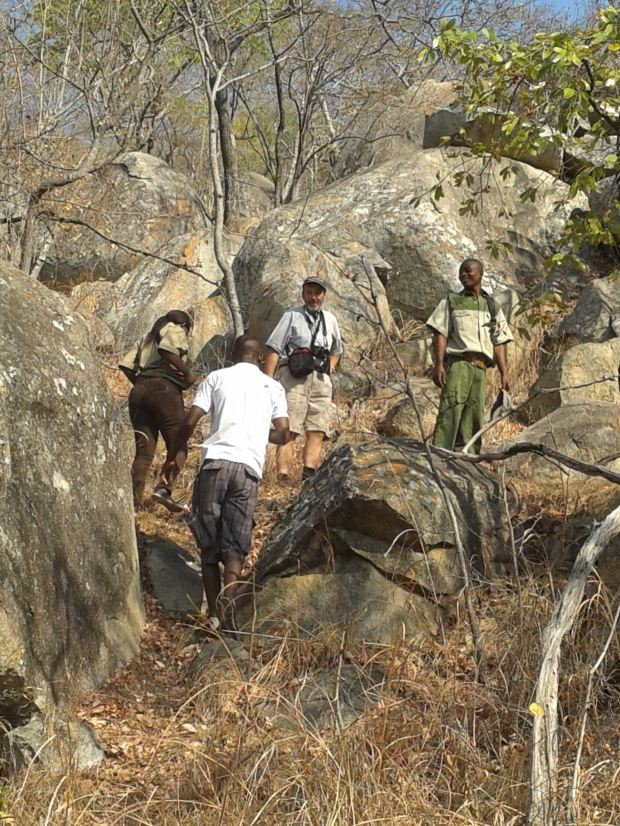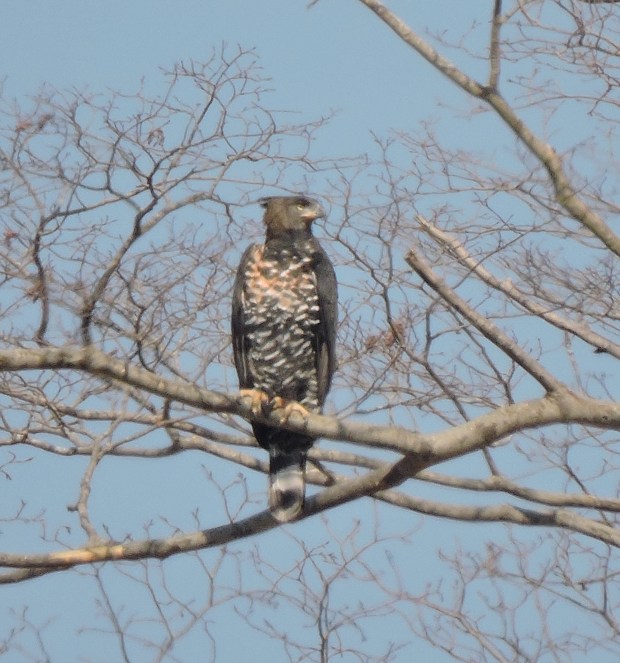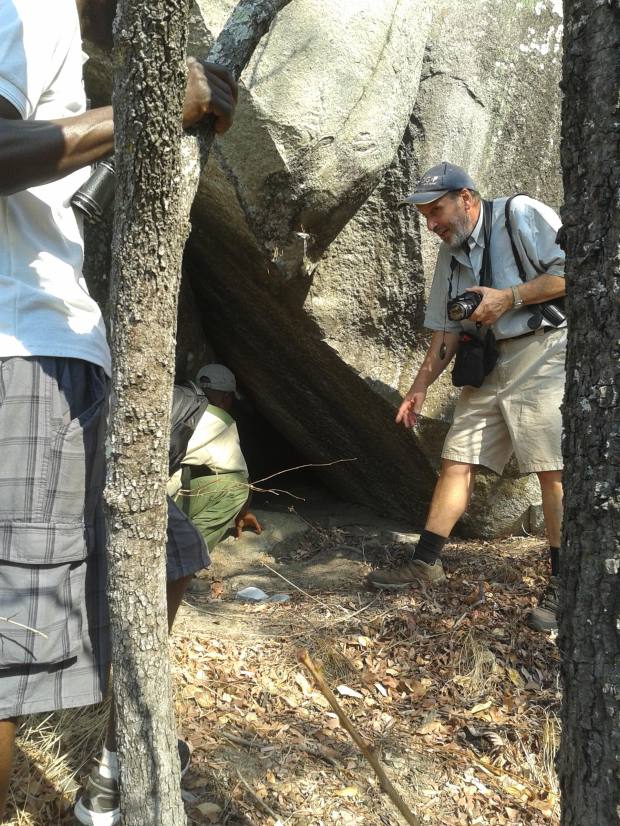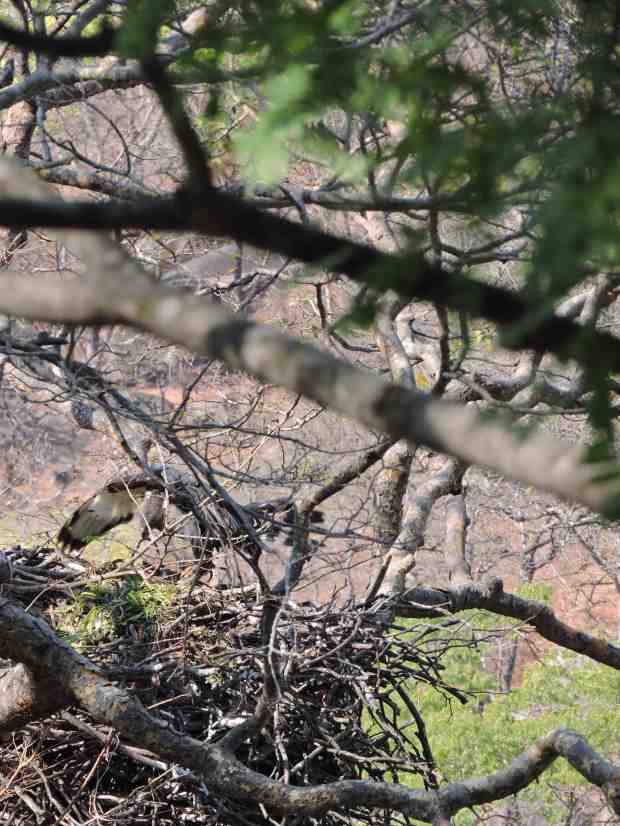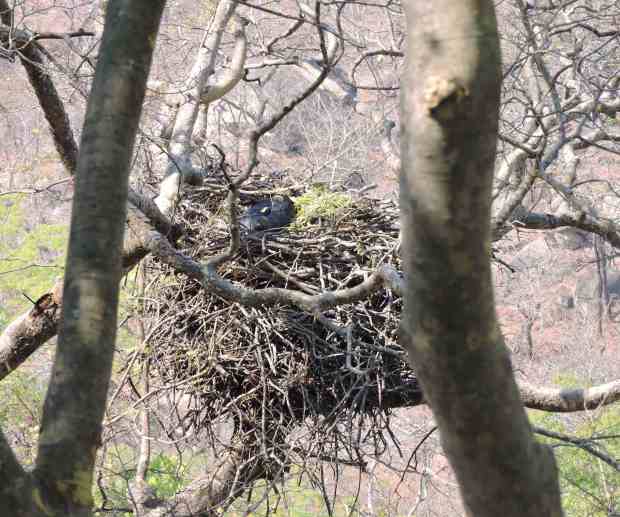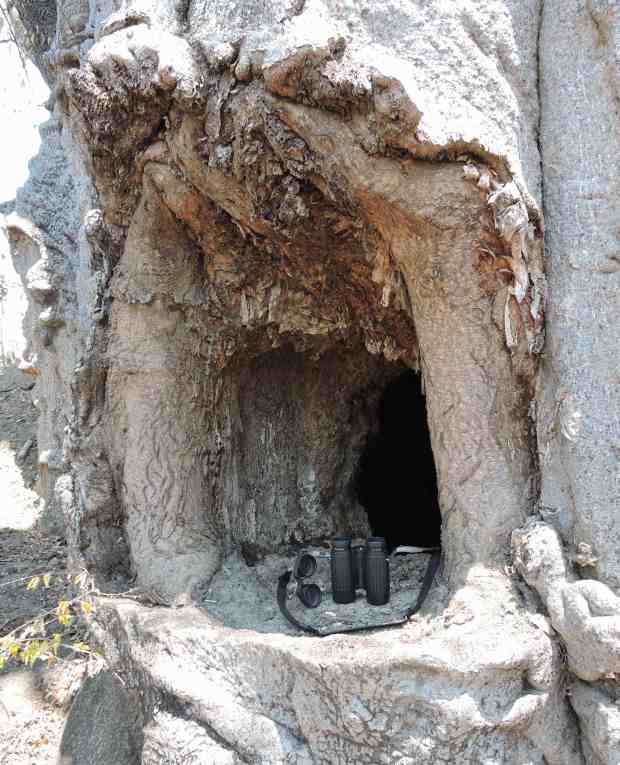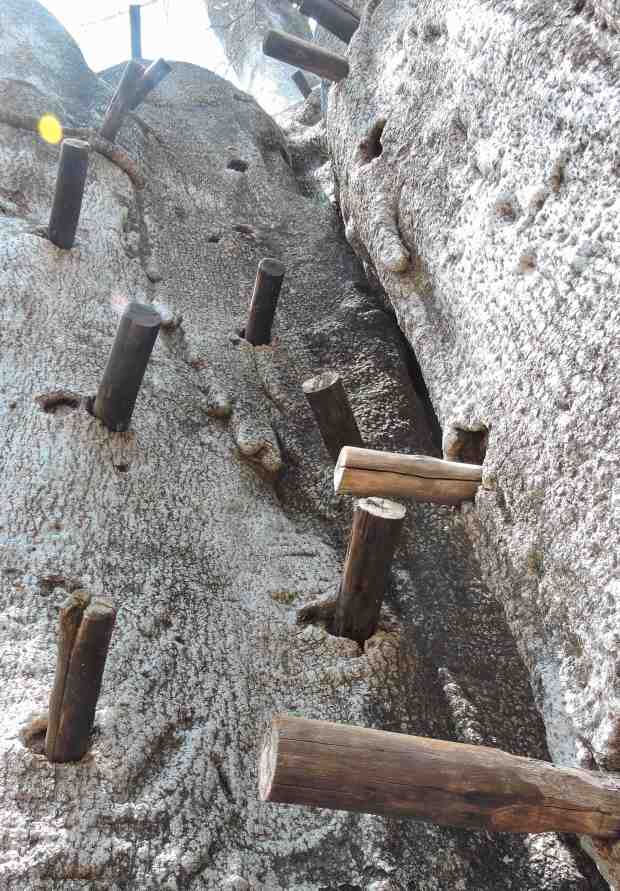After our time at Kennedy One and Main Camp, it was time to have some more comfort so we headed for Robins Camp, to the relief of our visitors. It was nice to be back to a very nice place with welcoming staff and to be able to relax without the chores of camping, particulalry cooking and washing-up!

The bats that inhabit the tower were there although we did not spot the dwarf mongose group that we had seen earlier. We had our compensations as we watched other interesting birds in the camp and nearby.
During our earlier visit to Hwange National Park (HNP) after the Covid pandemic (See: https://bushsnob.com/2022/04/03/zimbabwe-post-covid/) we visited a place known as the Salt pan and we were lucky to have a glimpse of a rather shy cheetah family that took off as soon as they saw us. We also “discovered” a salty water dam with several interesting water birds. Grey herons were the dominant species but there were also little grebes and the beautifully brittle stints with their very long and thin pink legs that seem to be unable to support even their very light weights. So slender the legs are that the water is almost still when they wade through.
At the time we also found a small family of hyenas and many vultures perched on the trees surrounding the dam, a sign that kills were frequent there.
So, during our present trip, the first morning at Robins Camp we started early and headed for the Salt pan.
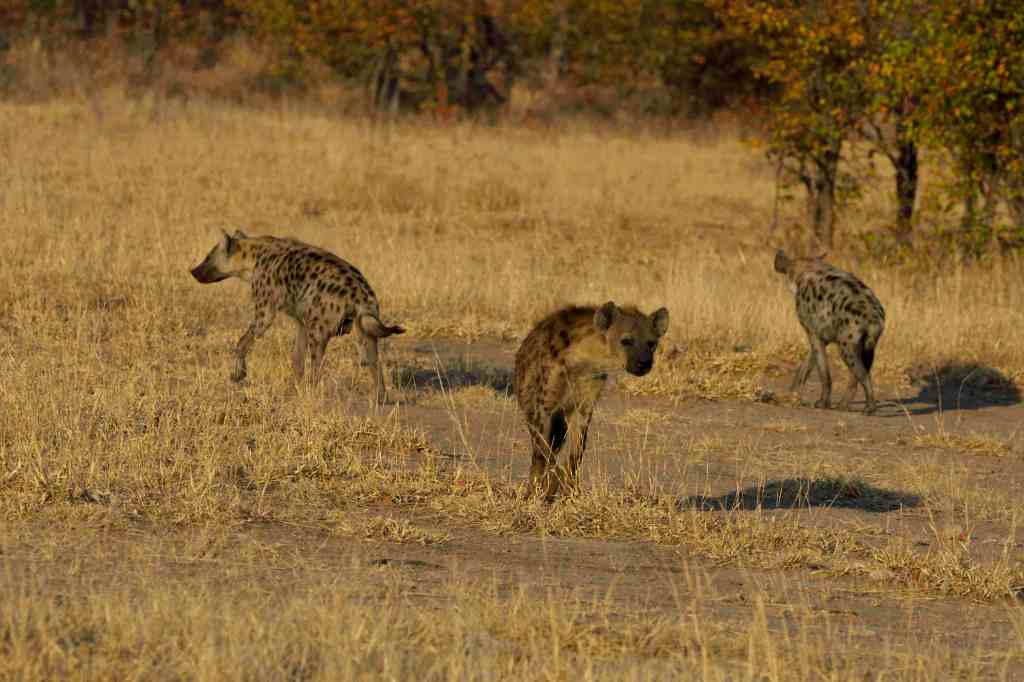
This time we did not see the cheetah but, on our way to the pan, we met with a group of spotted hyenas composed of seven adults and two youngsters, the largest group we have seen so far in HNP and Zimbabwe. As they are one of the favourite animals of our daughter Flori, we stopped to watch.
One of the hyenas was probably carrying a chunk of meat and moving away from us never to be seen again. The rest of the adults continued walking and they tolerated our presence. We have had literally hundreds of daylight encounters with spotted hyenas over the years and they have always been rather unconcerned by our presence, keeping a considerable distance from us, either on foot or inside our car.
Although one of the young hyenas continued walking with the adults, the second either did not hear the adults‘ warning or it was an “infant terrible”, so it stayed behind, rather curious of our presence. At first it stopped to watch us but, not totally satisfied, it decided to come to have a close look at our car and its occupants. It approached us while loudly sniffing the air until it stopped at about one metre from us.
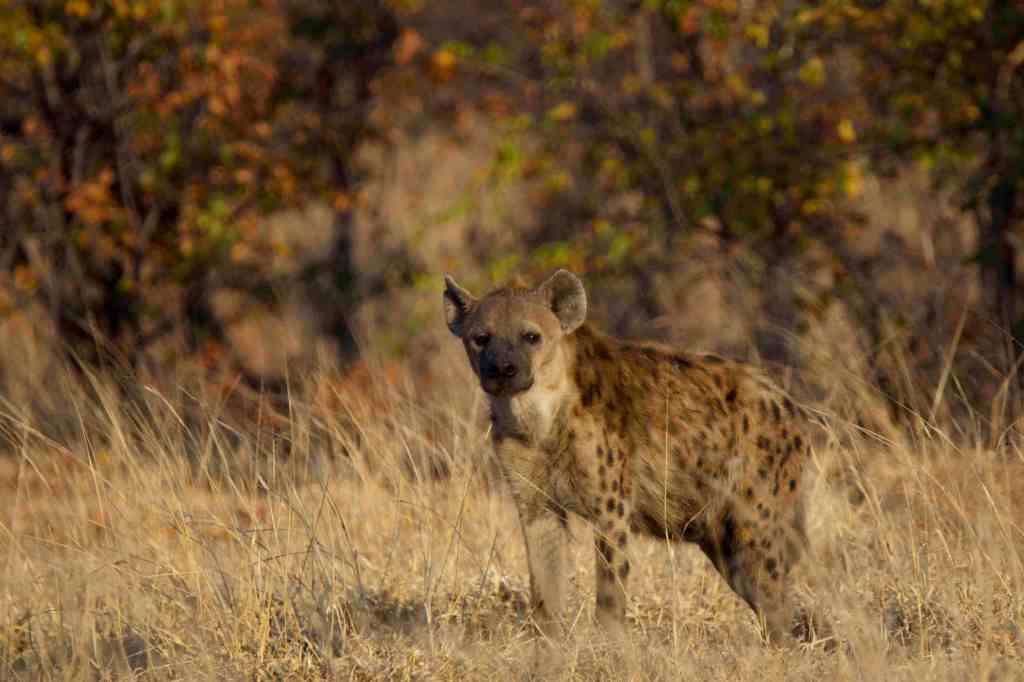
It remained there watching us intensively until, perhaps following some inaudible signal from the rest of the clan, it started to move towards the adults and we thought our close encounter was over but suddenly, it retraced its steps and repeated its exploration of the car a second time. Clearly satisfied with what it found and not showing any sign of concern, it finally moved back to the adults and the group moved off leaving us with the beautiful image of a young and curious animal.
We then continued our journey to the Salt pan area and found some interesting water birds such as grey herons and stilts, among others. There were a couple of dozen grey herons at the dam and we saw at least two pairs nesting there.


All pictures by Julio A. de Castro
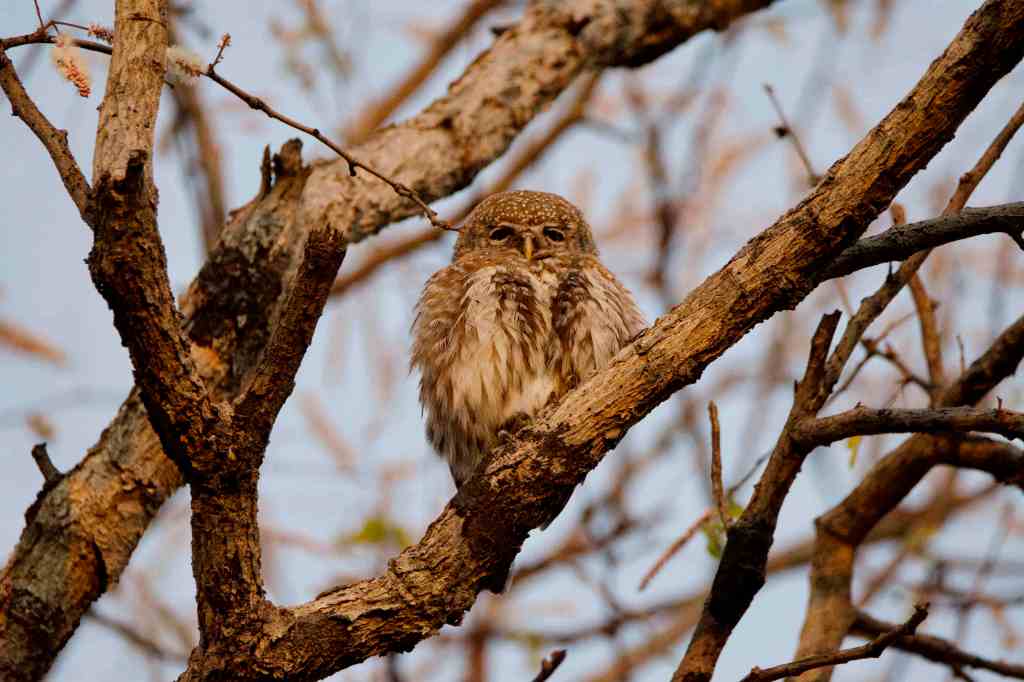

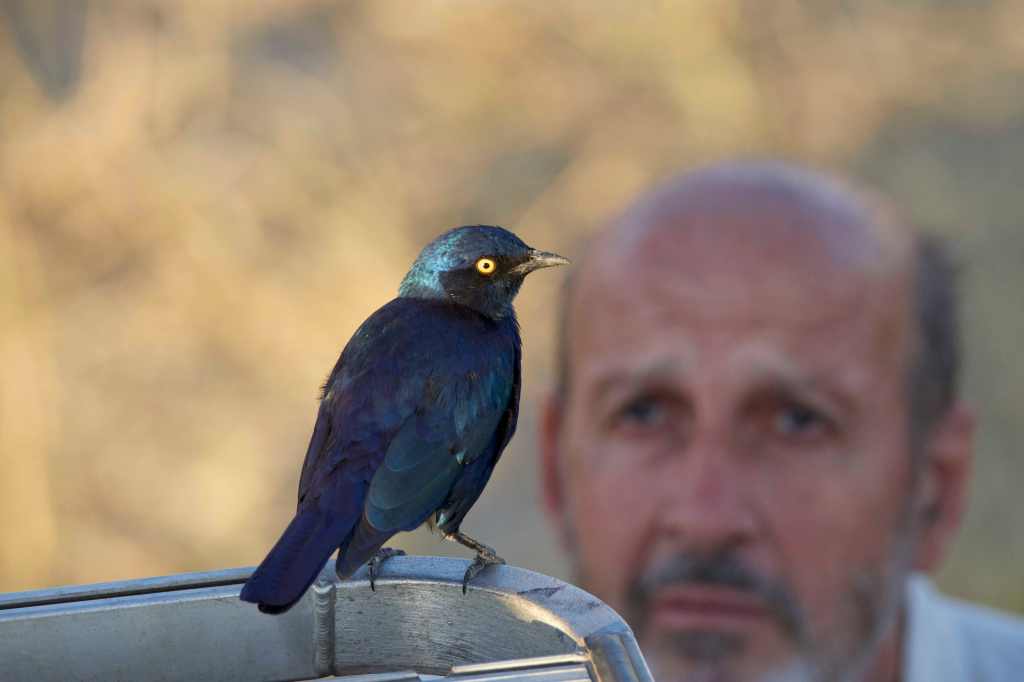
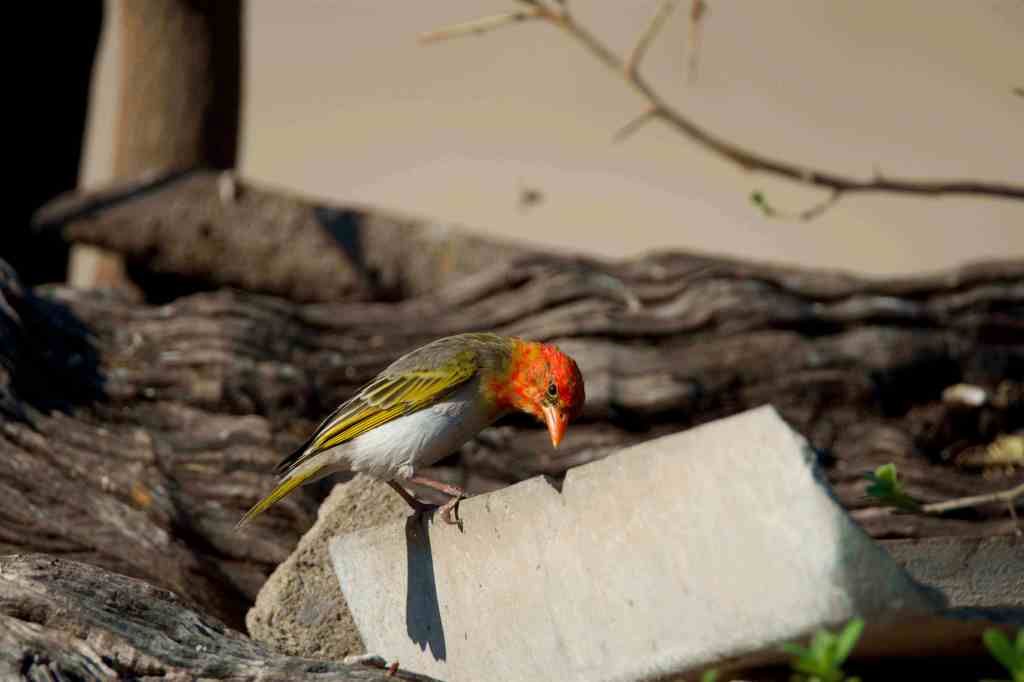


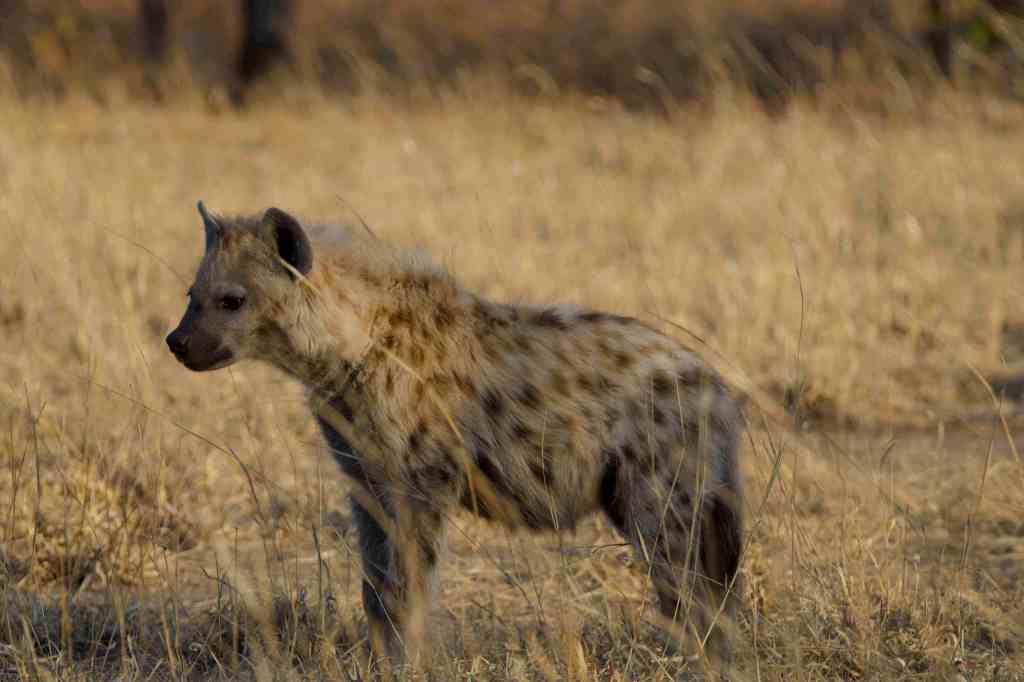




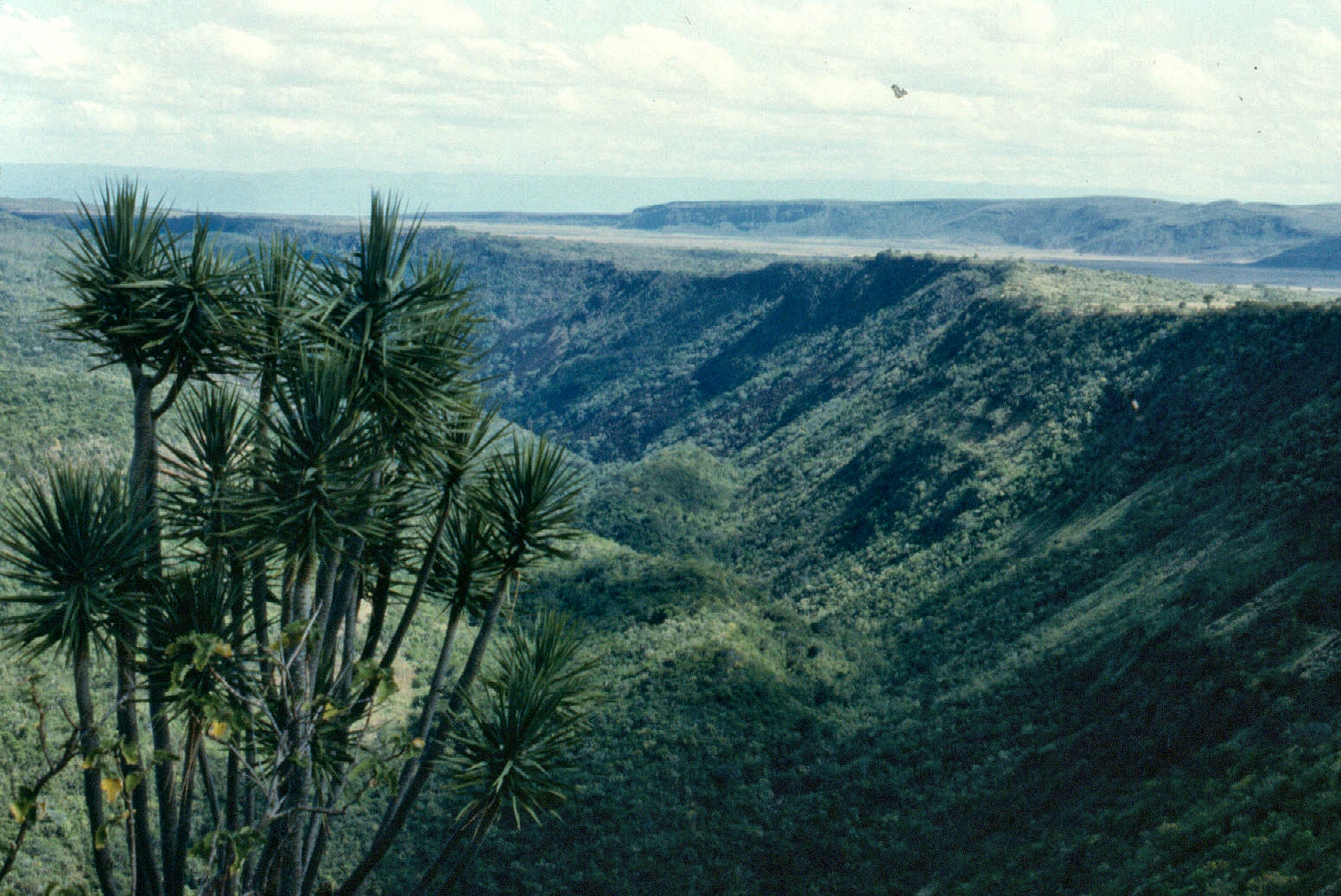


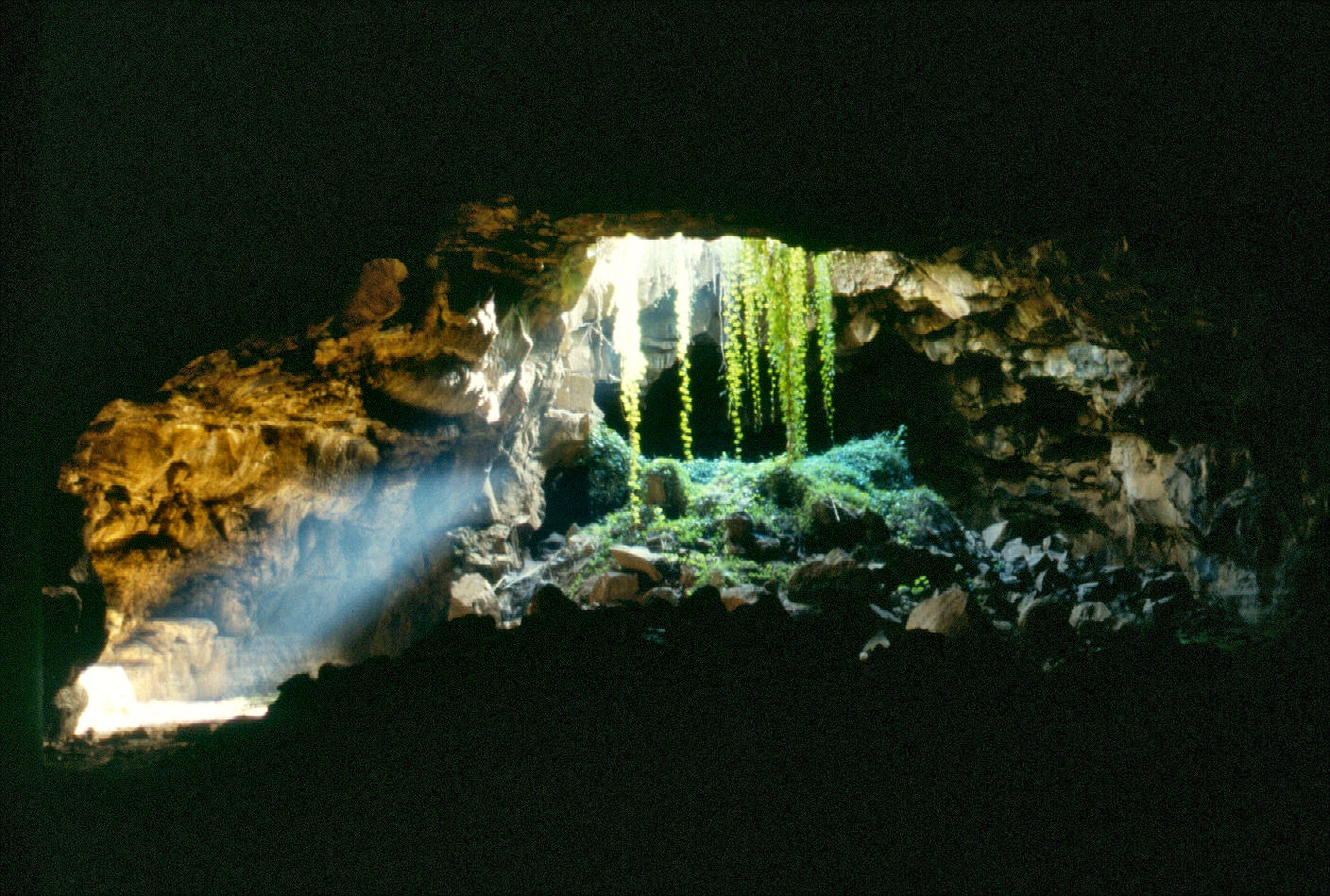
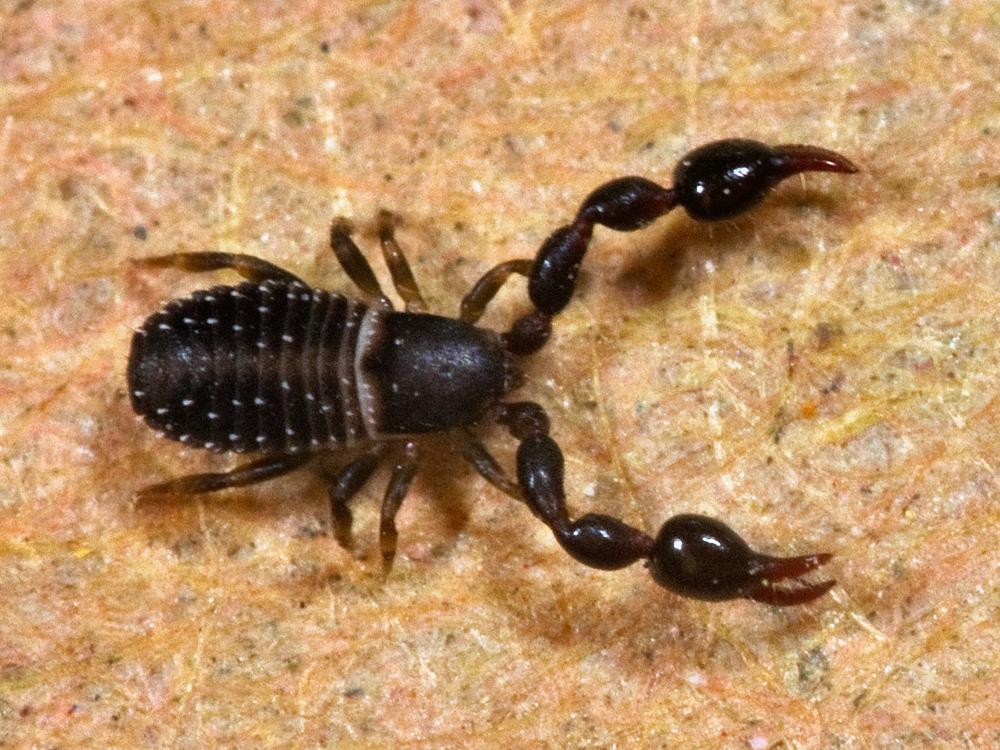

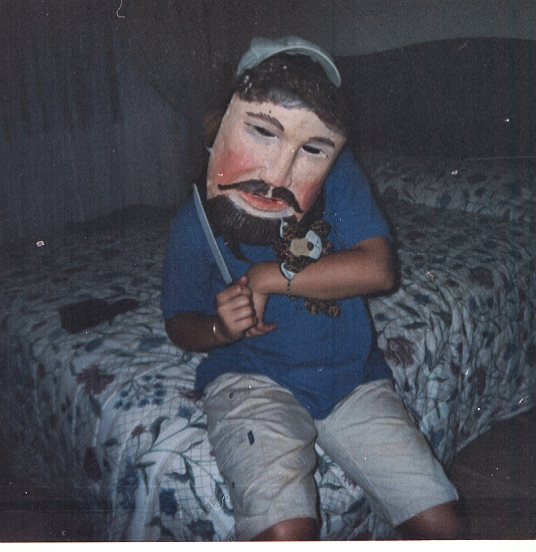

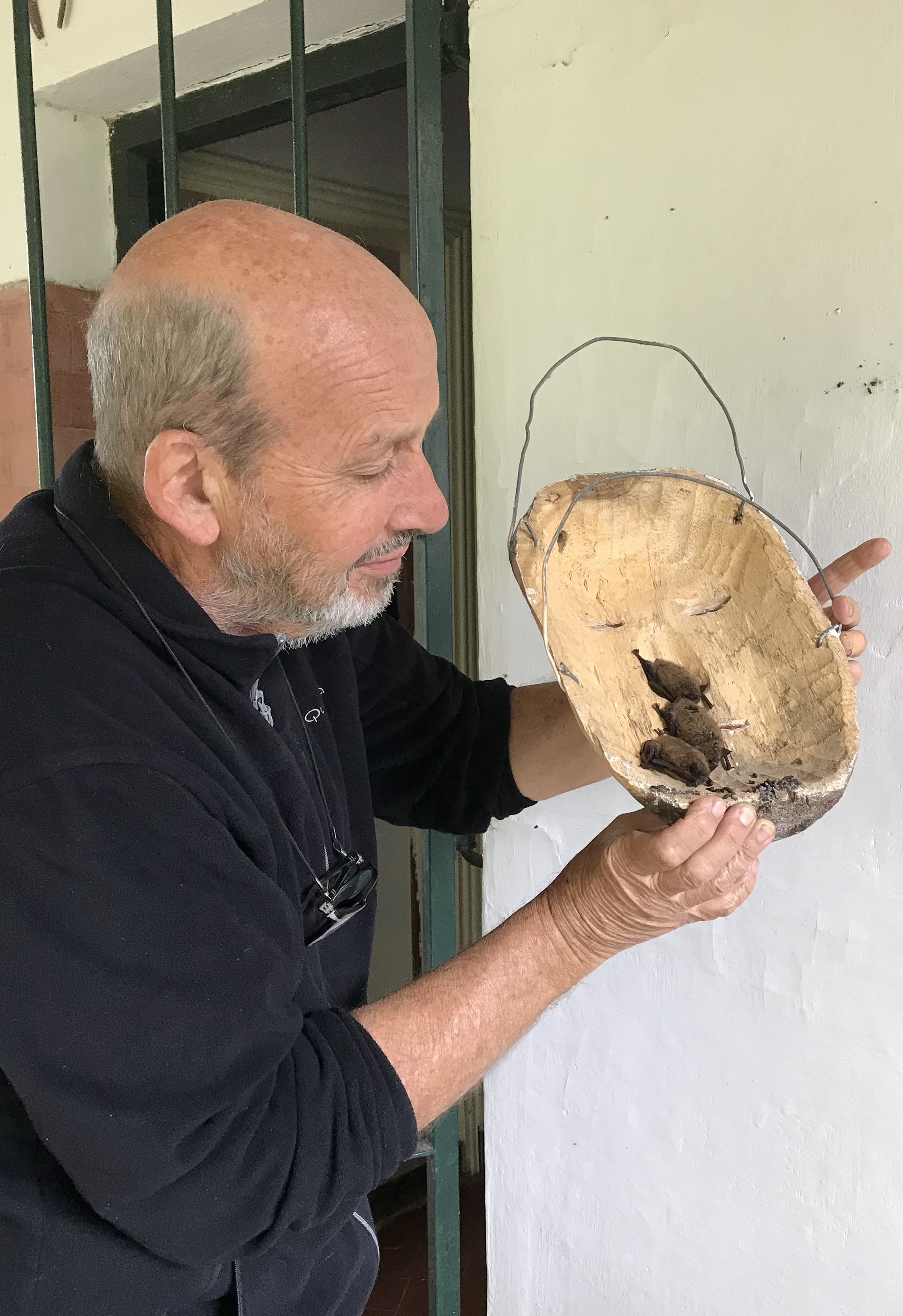

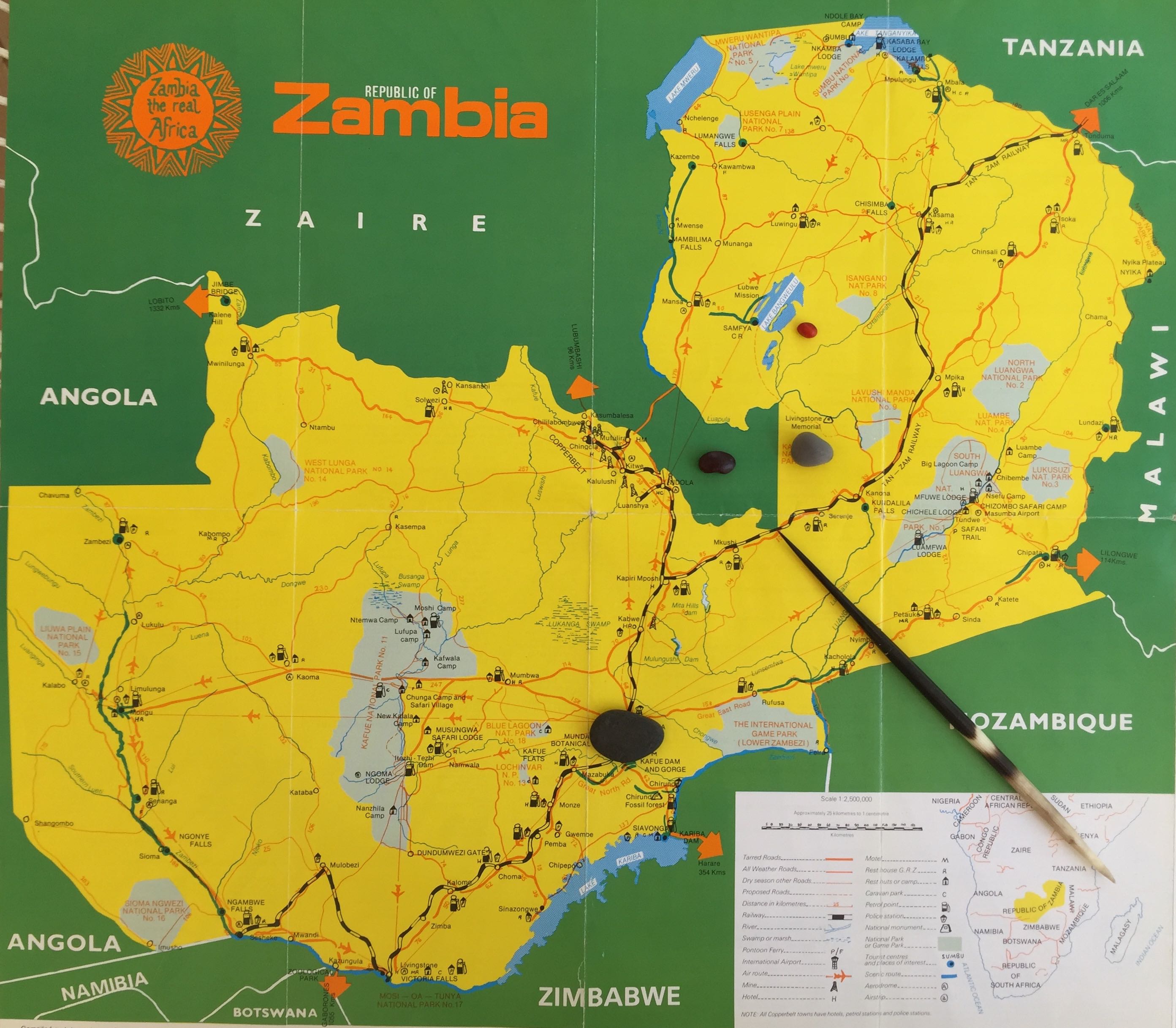


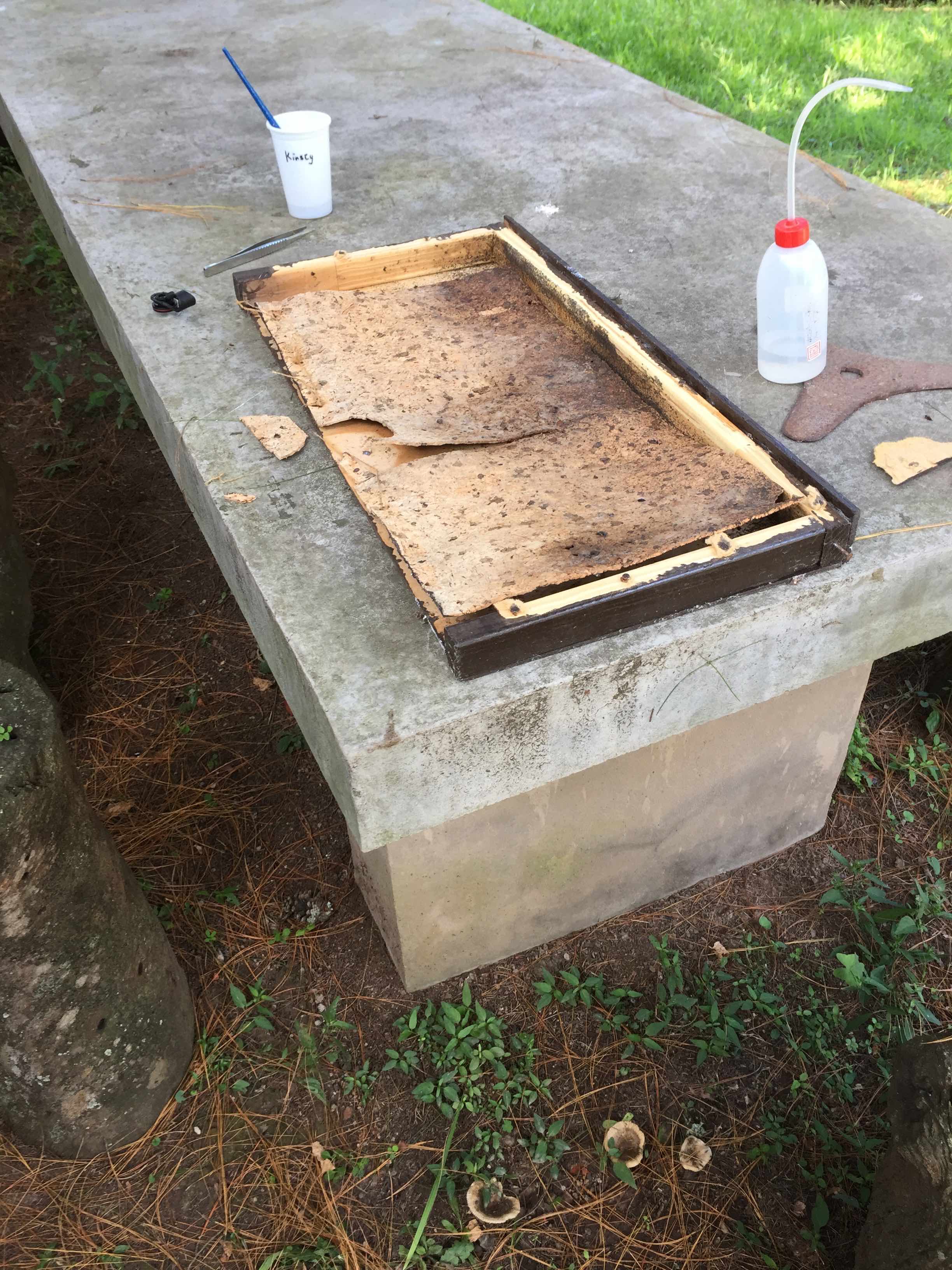
![Die_Arachniden_(Plate_CCCXLII)_(8559409521) Pseudoscorpions. Attribution: By Hahn, Carl Wilhelm; Koch, C. L. [Public domain], via Wikimedia Commons](https://i0.wp.com/bushsnob.com/wp-content/uploads/2017/04/die_arachniden_plate_cccxlii_8559409521.jpg?w=306&h=501&ssl=1)
![Die_Arachniden_(Plate_CCCXXXIX)_(8560517606) Pseudoscorpions. Attribution: By Hahn, Carl Wilhelm; Koch, C. L. [Public domain], via Wikimedia Commons](https://i0.wp.com/bushsnob.com/wp-content/uploads/2017/04/die_arachniden_plate_cccxxxix_8560517606.jpg?w=306&h=501&ssl=1)


